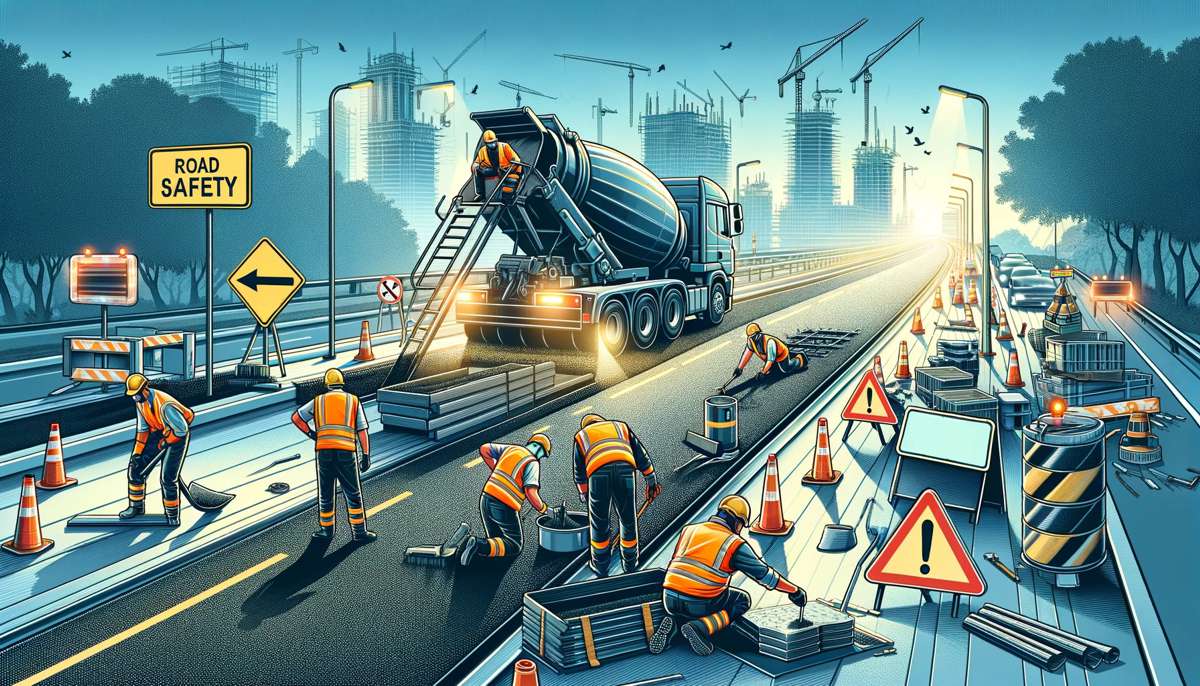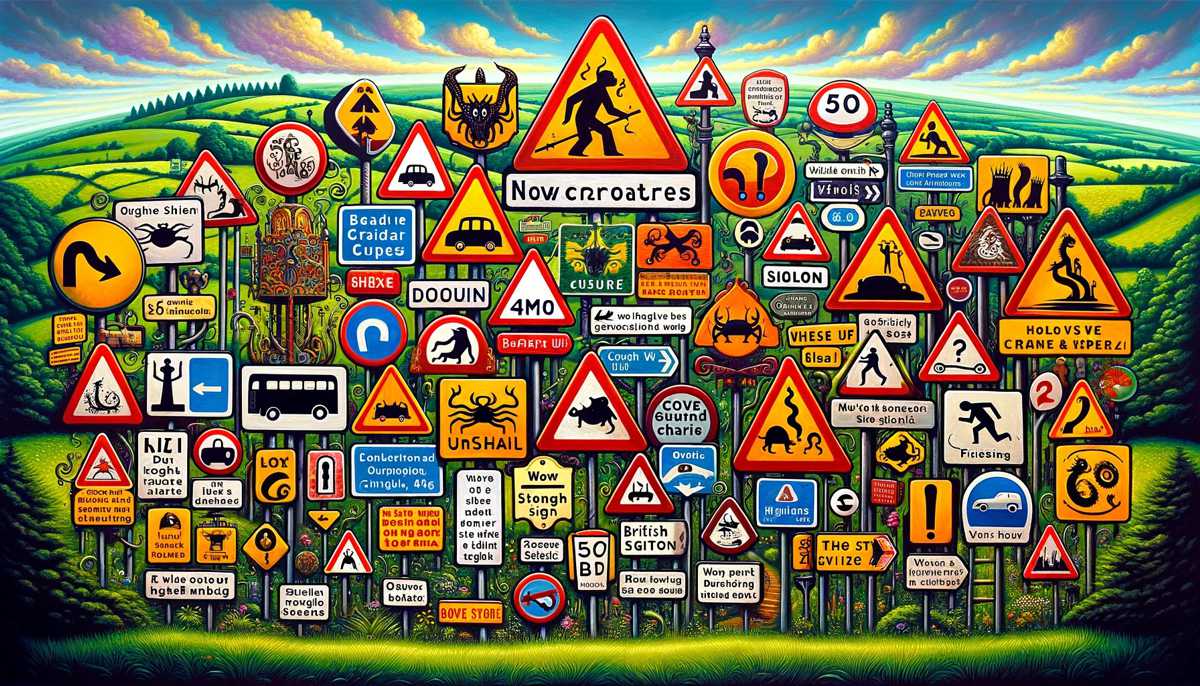Dangerous roads, where next?
Each year the Road Safety Foundation publishes its British EURORAP Results on the country’s most dangerous roads. This year the report rightly centres on the fact that reductions in road deaths have largely flatlined since 2010. and challenges the entire highways industry to refocus on undertaking effective action to kickstart a downward trajectory again.
When you consider the financial implications that come with a road incident it is difficult to fathom why funding and more of the budgets are not focused on solving the problem. The report points out that the estimated societal cost of road crashes in 2017 was £35bn. So, with potholes attracting an extra £100m funding to be spent by the end of March 2019, why are we having to fight for the extra £75m per year over the next five years to ‘make safe’ the most dangerous sections of the UK roads?
Are funding options already available?
So, what are the funding options open to road operators who may have a dangerous section of road on their network?
It’s difficult to pin all the funding streams down but in our working with local authorities and on the Strategic Road Network (SRN) we have come across the following existing sources for funding:
- Local Highways Maintenance Funding − Needs Element
- Local Highways Maintenance Incentive/Efficiency Element Funding
- Pothole Action Fund
- Local Highways Maintenance Challenge Fund
As at October 2018 new funding was announced, including:
Local Highways Maintenance Funding:
This additional resource is being allocated using the highways maintenance funding formula and is for the repair of roads (including potholes), bridges and local highways infrastructure generally.
National Roads Fund (NRF):
Within the NRF, the draft Roads Investment Strategy 2 (RIS2) will receive funding of £25.3bn during 2020-2025. The remaining £3.5bn will be available for the Major Road Network and Large Local Major schemes.
National Productivity Investment Fund (NPIF):
£150 million of NPIF funding available to local authorities to support projects across England that ease congestion on local routes and for smaller improvements such as for minor junction and road layout improvements.
Major Road Network (MRN):
The MRN will see new investment in road enhancement schemes on the most important local authority roads. It will support economic growth, open up land for new housing, and focus on schemes that will reduce congestion and improve journey times for motorists, cyclists, pedestrians and freight. This will be available from 2020/21 and beyond.
Local Growth Fund:
Funding is awarded to Local Enterprise Partnerships (LEPs) to invest in infrastructure to promote local growth. Over 600 transport schemes are being funded, including roads, tram extensions, bus priority, and improvements for cyclists and pedestrians. Future funding arrangements for transport schemes of this kind will be determined as part of the 2019 Spending Review.
Transforming Cities:
Transforming Cities is a £2.5 billion transport fund to support connectivity in some of England’s largest cities. It was launched at the 2017 Autumn Budget and expanded in the 2018 Budget with funding running from 2018-19 to 2022-23.
A summary of the current and new funding streams for roads can be read here.
It’s worth noting that any new funding from the Safer Roads pot, which benefited local authorities and 56 schemes over the past year, appears to have been effectively put on hold. A statement released in July from the Government included the comment “The additional £75 million initially allocated for the work has not been required, but we will continue to look closely at further scope for capital improvements to improve road safety”. So, unless there is a change of heart in Westminster, we will have to find investment in our roads from the other sources.
What can we do now?
Some of the above funding is a couple of years away but preparations for applying can start now through monitoring and gathering of supporting data to help with the applications that will need to be created.
But, there are things that can be done right now to address the remaining dangerous roads that currently have not attracted additional funding.
The first thing is to assess what can be done to help solve the problem. This will provide an operator with the scale and scope of what needs to be changed. The development of technology means that often small and innovative ideas can be implemented to help mitigate dangers where previously only major investment and changes were thought possible.
Clearview Intelligence has experience in being able to advise and consult on the best potential solutions to the challenges faced. No two schemes are the same and the ability to put together a solution that can take account of unique topography, the particular road layout involved, any potential lack of power sources and existing road constraints, takes experience and innovative thinking.
These ideas can range from the provision of road studs within new surfacing and white lines schemes to improve visibility and driver confidence when approaching junctions, through to combined solutions along a route to reduce speeding and dangerous driving.
From these conversations, the scale of what is required can be understood and the need for funds can be assessed and compared to the return on investment if money is to be found within the existing funding streams.
It’s safe to say that the right thing to do in today’s harsh economic environment is to start the discussion, and the wrong thing to do is to think there is nothing more that can be done.















